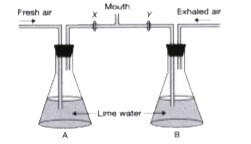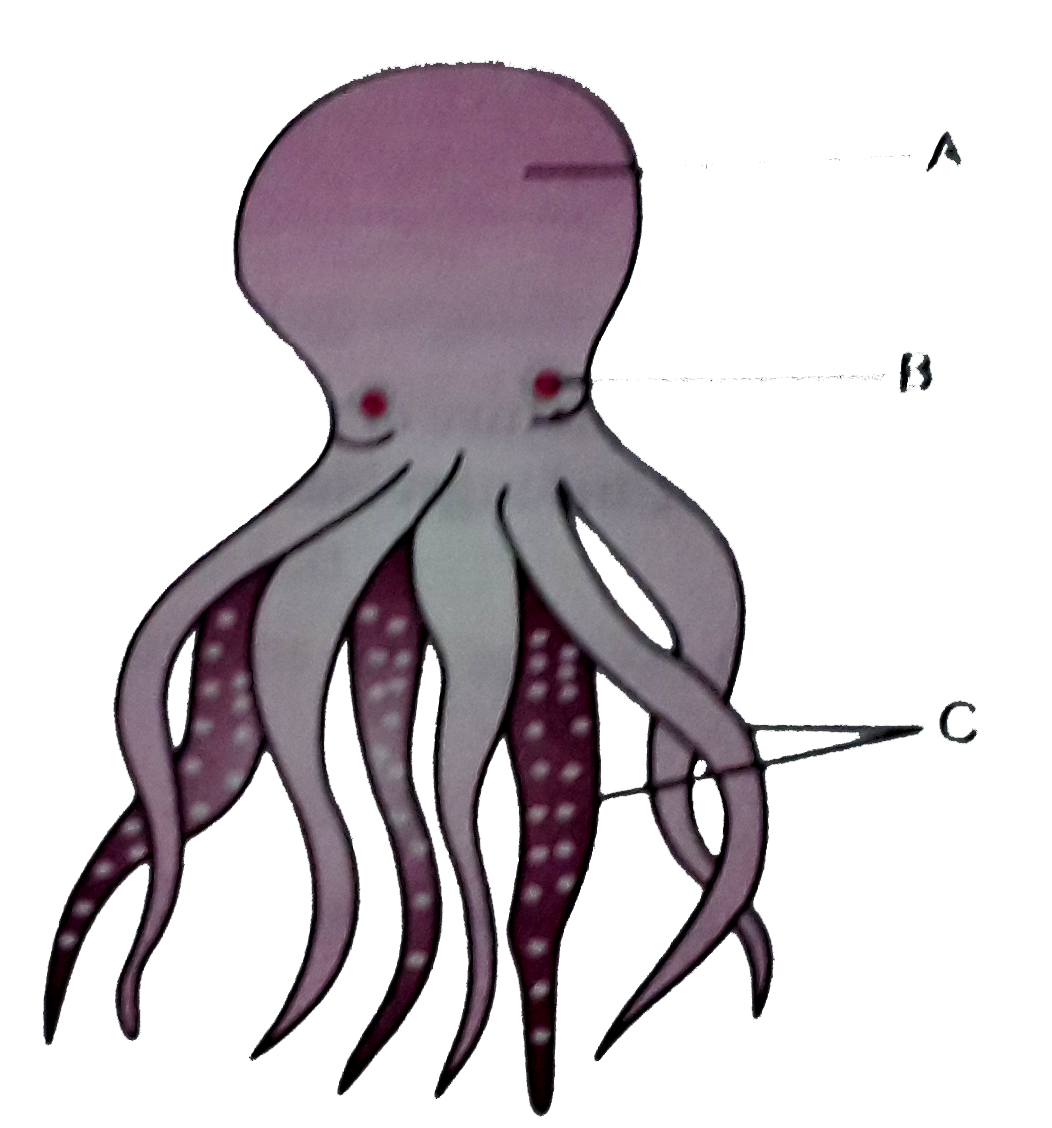8. Answer the following questions based on experiment conducted by S.L. Miller in 1953:
(a) Name the gases present in the closed flask.
(b) Why was the flask fitted with electrodes?
(c) Write the observations he made.
(d) State the significance of the observations made by him.
Step by step video & image solution for 8. Answer the following questions based on experiment conducted by S.L. Miller in 1953: (a) Name the gases present in the closed flask. (b) Why was the flask fitted with electrodes? (c) Write the observations he made. (d) State the significance of the observations made by him. by Biology experts to help you in doubts & scoring excellent marks in Class 12 exams.
Updated on:21/07/2023Topper's Solved these Questions
- EVOLUTIONBOOK - MODERN PUBLICATIONCHAPTER - EVOLUTIONEXERCISE - COMPETITION FILE (OBJECTIVE TYPE QUESTIONS)(A. MULTIPLE CHOICE QUESTIONS (MCQs):)
247 Videos
- EVOLUTIONBOOK - MODERN PUBLICATIONCHAPTER - EVOLUTIONEXERCISE - COMPETITION FILE (OBJECTIVE TYPE QUESTIONS)(B. MATCHING TYPE QUESTIONS )
4 Videos
- EVOLUTIONBOOK - MODERN PUBLICATIONCHAPTER - EVOLUTIONEXERCISE - REVISION EXERCISES-(VI. LONG ANSWER TYPE QUESTIONS )(Five mark each)(A. QUESTIONS FROM STATE BOARD EXAMINATIONS : )
37 Videos
- ECOSYSTEM BOOK - MODERN PUBLICATIONCHAPTER - ECOSYSTEM EXERCISE - Chapter Practice Test (Section - D) (Case - Based Short Answer Type Questions)
5 Videos
- HUMAN HEALTH AND DISEASESBOOK - MODERN PUBLICATIONCHAPTER - HUMAN HEALTH AND DISEASESEXERCISE - Chapter Practice Test
2 Videos
Similar Questions
Answer the following questions based on Meselson and Stahl s experiment: (a) Write the name of the chemical substance used as a source of nitrogen in the experiment by them. (b) Why did the scientists synthesise the light and the heavy DNA molecules In the organism used in the experiment ? (c) How did the scientists make it possible to distinguish the heavy DNA molecule from the light DNA molecule ? Explain. ((1) Write the conclusion the scientists arrived at after completing the experiment.
View SolutionAnswer the following questions based on Meselson and Stahl's experiment of E. coli :
(a) Write the name of the chemical substance used as the only source of nitrogen in the experiment.
(b) Why did they allow the synthesis of the light and the heavy DNA molecules in the organism ?
(c ) How did they distinguish the heavy DNA molecules from the light DNA molecules? Explain.
(d) Write the conclusion the scientists arrived at, at the end of the experiment.
View SolutionObserve the figure given below and answer the following questions.
(a) Will the observation be same in both the flask ?
(b) What inference can be drawn from the given experiments?

View SolutionObserve the figure given below and answer the following questions.
(a) Will the observation be same in both the flasks?
(b) What inference can be drawn from the given experiments?

View SolutionObserve the diagram given alongside and answer the following questions:
(a) What do you observe when lead nitrate is heated?
(b) Mention the two gases evolved during heating.
(c ) Write the balanced chemical equation for it.
(d) What is the type of chemical reaction called?
(e) Give one more example of this type of reaction.

View SolutionThe following graph shows the species area relationship. Answers the Questions as directed.
(a) Name the naturalist who studied the kind of relationship shown in the graph.
Write the observations made by him.
(b) Write the situations as discovered by the ecologists when the value of 'Z' (slope of the line) lies between
(i) 0.1 and 0.2, (ii) 0.6 and 1.2
What does 'Z' stand for ?
(c ) When would the slope of the line 'b' become steeper ?

View SolutionThe observations made by Swarali value doing the experiment are given below. Based on these write answers to the questions :
Swarali found that the light ray travelling from the denser medium to a rarer medium goes away from the normal. If the mangle of incidence (i) is raised by Swarali, the angle of refraction ( r ) went on increasing,. However, after certiain value of the angle of incidence, the light ray is seen to return back into the denser medium.
(i) What is the specific value of ∠i called ?
(ii) What is the process of reflection of incident ray into a denser medium called ?
(iii) Draw the diagrams of three observations made by Swarali.
View SolutionA particle moves in x-y plane in figure under the influence of a friction force with magnitude 3.00N and acting in the direction opposite to the particle's displacement. Calculate the work done by the friction force on particle as it moves along the following closed paths: (a) path OA followed by AC and return path AO, (b) path OA followed by AC and the return path CO, (c) path OC followed by the return path CO, and (d) each of your three answers should be non-zero. What is the significant of this observation?

View Solution
Observe the above figure and answer the following questions-
(a) Name the plant in which the above was made and by whom?
(b) What phenomenon does this cross shows.
View SolutionStudy the Figure and answer the following questions :
(a) Name the organism and write down the phylum to which it belongs.
(b) Label A, B and C
(c) Which type of symmetry is present?
(d) What type the organ is present for excretion ?

View Solution
